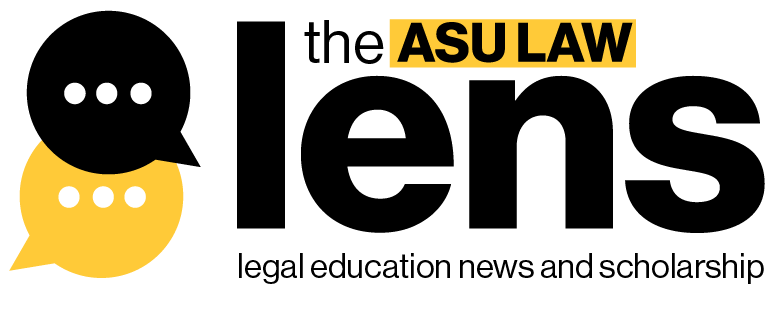
Understanding Tribal Digital Sovereignty: A Rising Movement
Digital sovereignty is gaining traction in an increasingly online world. Yet, for many, this term is unfamiliar.
American Indian Policy Institute at ASU Executive Director Traci Morris, who has a doctorate with distinction in American Indian Studies, is a leading expert on Tribal digital sovereignty and co-founder of the Center for Tribal Digital Sovereignty (CTDS). She defines digital sovereignty as a Tribal Nation’s right to implement self-governing policies over its digital ecosystem. This includes regulating the sectors that oversee those resources, just as Tribes do with health care, education and energy.
Tribal Nations are actively reinforcing this growing movement by starting dialogues about digital sovereignty at places like the Annual Wiring The Rez conference in February each year. Morris emphasizes that sovereignty in the digital realm is as crucial as it is to any natural resource. Just as Tribes exercise self-determination over land, for instance, they have the right to manage their virtual spaces.
Tribal Nations have the sovereign right of self-determination to create their own digital sovereignty plan in a way that aligns with their unique needs and values, similar to how different countries navigate their own digital policies. The CTDS aims to amplify the governance capabilities of Tribal nations in the digital realm, providing Tribes with resources to discuss and practice digital sovereignty. The center offers free access to research and expert insights and plans to provide training for tribal leaders, governance frameworks and other tools to support Tribes in their virtual journeys.
A key challenge now is helping Tribes navigate the complexities of digital sovereignty. This extends beyond internet connectivity to include control over data privacy, digital infrastructure and the policies that govern information flow in their communities. Morris believes Tribal leaders now have a rare opportunity to engage on a level playing field.
“It’s more than just a rallying cry,” Morris said. “For the first time, we have a seat at the table.”
She and other experts are urging Tribes and their leaders to seize this moment and actively engage as discussions about digital sovereignty become more prominent in Indian Country and globally. Tribes can take action now by partnering with the CTDS to access free resources, training and model governance structures. Additionally, Tribal members can educate community leaders about emerging policies and advocate for protections prioritizing their communities' needs, such as data privacy or storage. By working together, Tribes can build stronger virtual infrastructures and assert control over their digital futures.
As the ecosystem evolves, this digital sovereignty movement is not just a matter of rights; it is essential for the empowerment and resilience of Indigenous communities in the digital age.
For more information on Tribal digital sovereignty and the CTDS, visit aipi.asu.edu/ctds.
Written by Kennedy Satterfield
The Alliance for Tribal Clean Energy and the American Indian Policy Institute’s Indigenous Leadership Academy launched the Tribal Energy Leaders Fellowship (TELF), a first-of-its-kind program designed to strengthen Indigenous leadership in the self-determined pursuit of clean energy.
The Sandra Day O’Connor College of Law at Arizona State University has launched the Civil Rights, Migration and Workplace Law Initiative, a new effort dedicated to advancing justice through education, scholarship and community engagement.
Related links
For the media
Legal studies research
Legal experts list
Media resources
Faculty directory
Staff directory
For all press and media inquiries, please contact: Kourtney Kelley, Assistant Director of Communications
[email protected]
480-965-6197
-
Newsroom homepage
-
LENS Newsletter
-
ASU Law Talks
